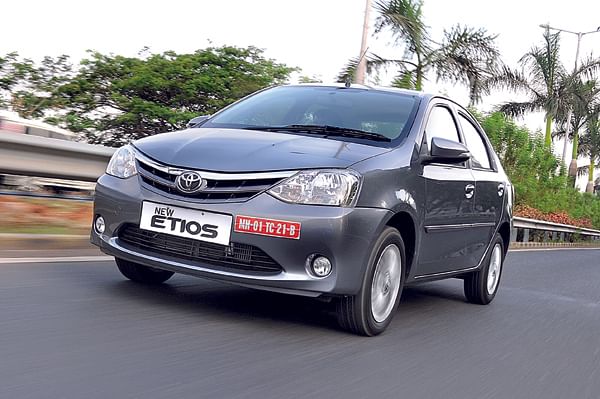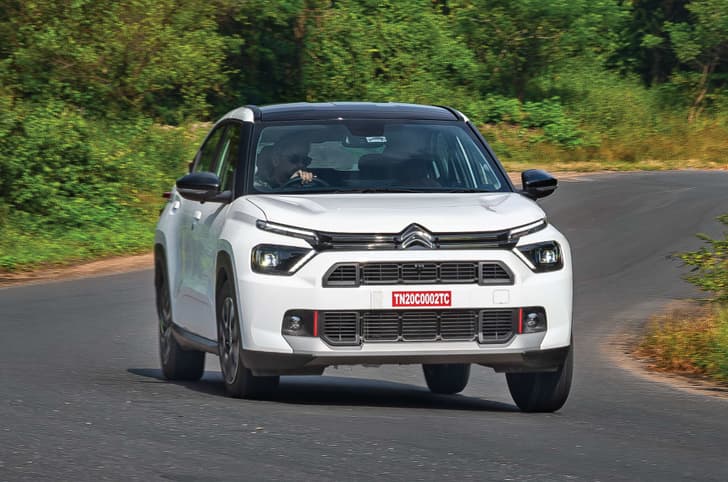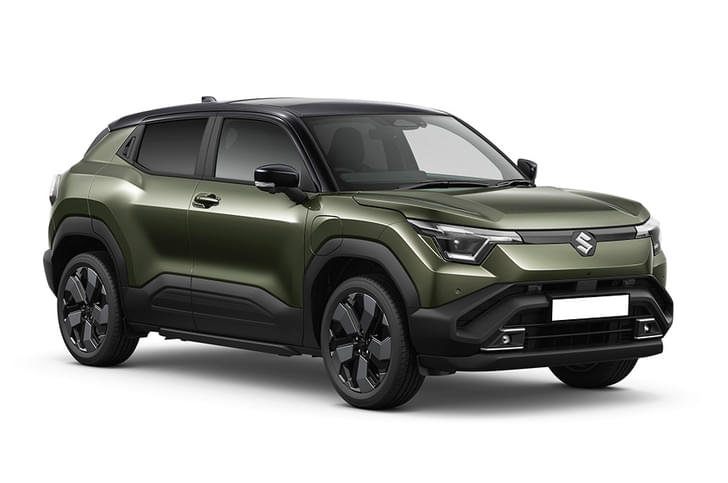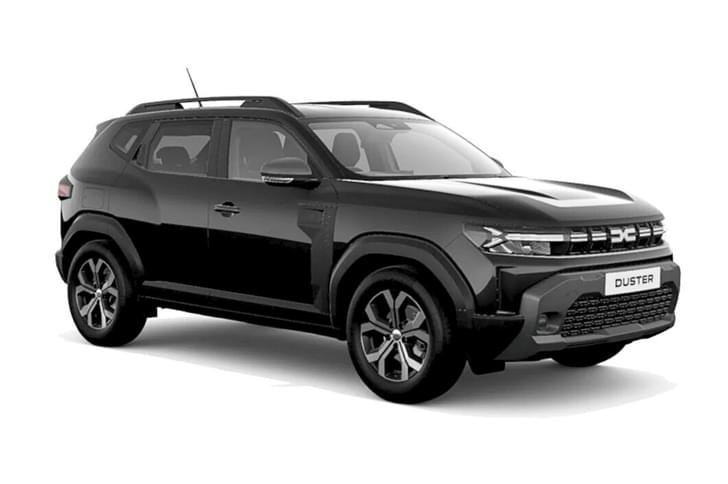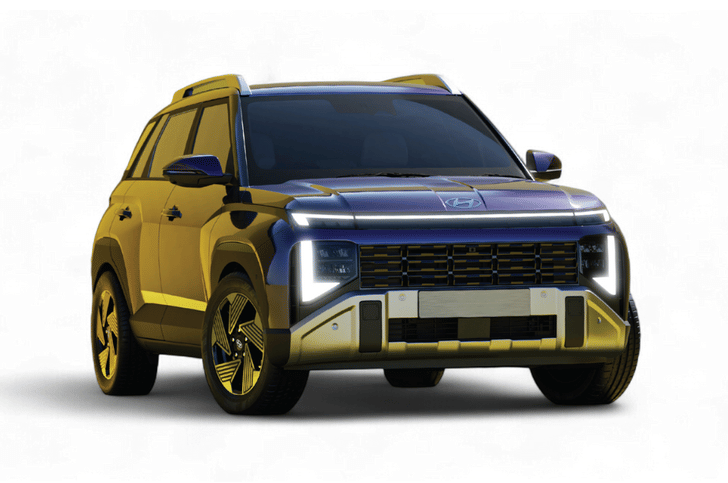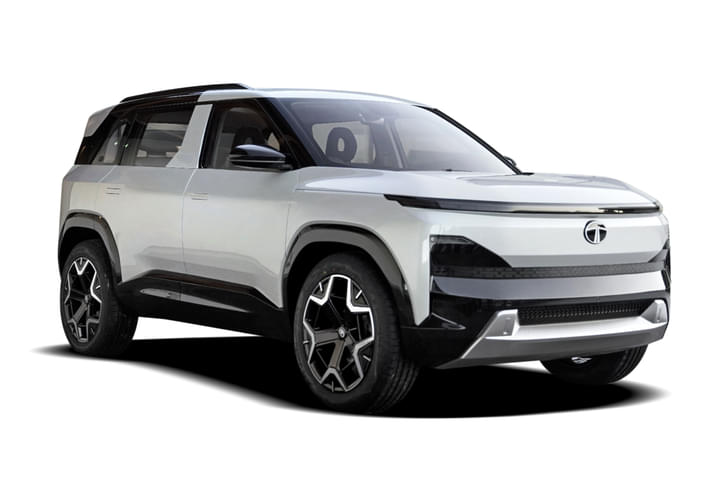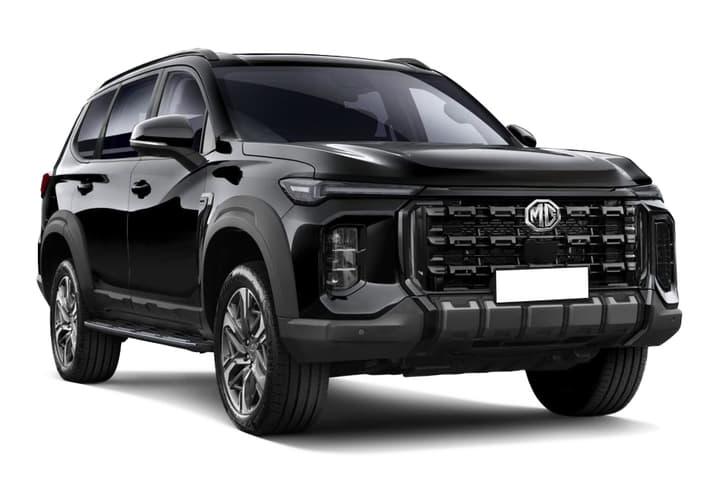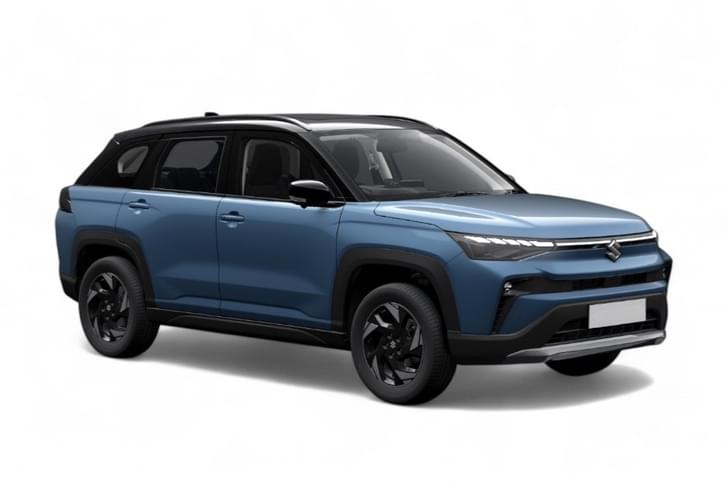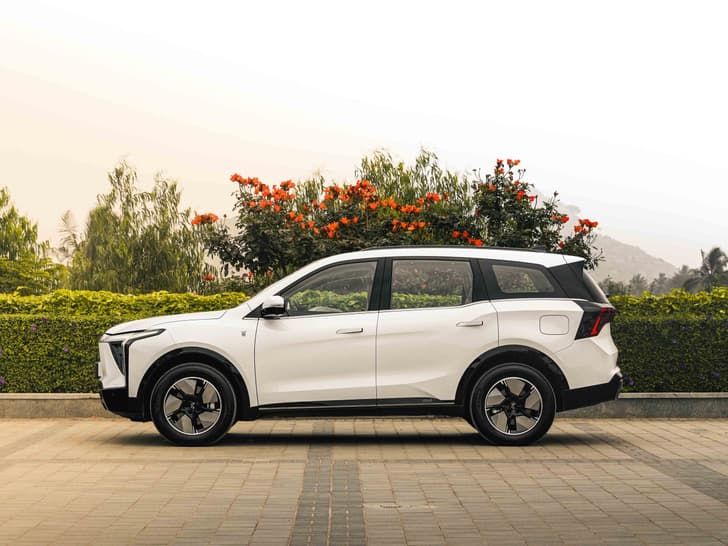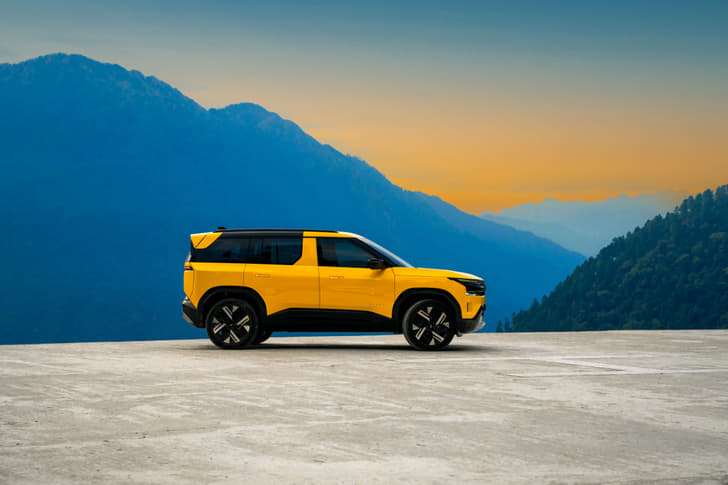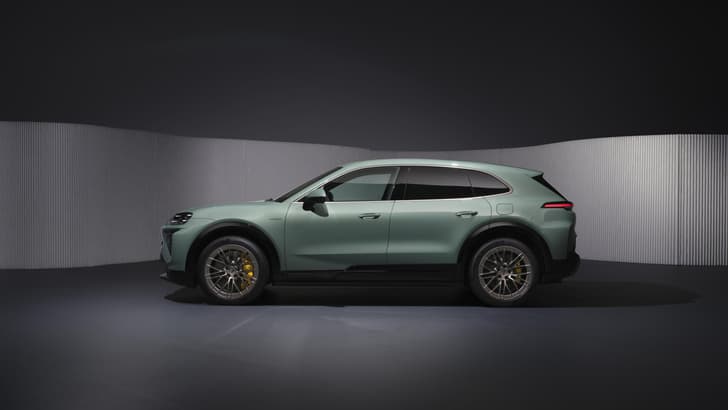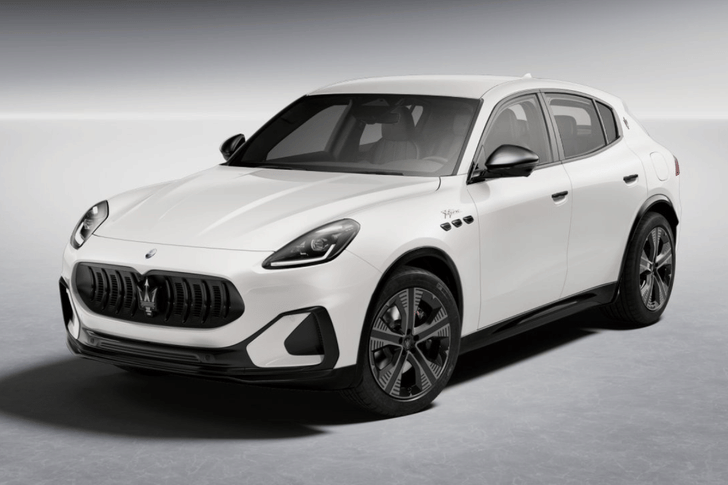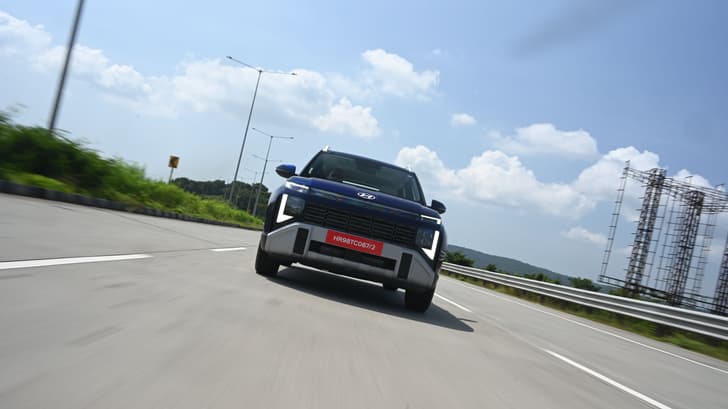Toyota’s launch of the Etios saloon and Liva hatchback had marked a new beginning for the Japanese carmaker. They had never sold a car that was targeted at the budget end of the Indian market. And in true Toyota style, copious amounts of research went into knowing more about its intended customers. But, as it turned out, Toyota uncharacteristically miscalculated the high expectations buyers had for the cars that wore its badge.
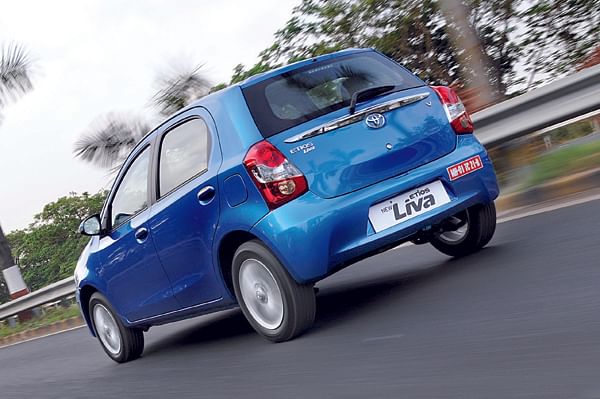
Toyota simply assumed that Indian customers would be less fussy about a car if it was affordable, and hence used the knife liberally (and a bit too obviously) to strip out costs. But customers, even those buying an entry-level Toyota, have pretty high expectations, and the Etios and Liva’s cheap looking cabins and a lack of refinement left them feeling short-changed. And in the face of more earnest competition, the Etios and Liva both have had a tough time finding owners.
The company knew it had to do something to convince buyers that the Etios and Liva were worthy of their money and the two cars you see on these pages are Toyota’s attempt at addressing this issue, among others. As you can see from the pictures, the changes aren’t immediately apparent (there are tiny alterations to the grille, lamps and rear-view mirrors) and that’s because Toyota has worked on small but key tweaks to improve the overall feel of the cars. Do they make a tangible difference?
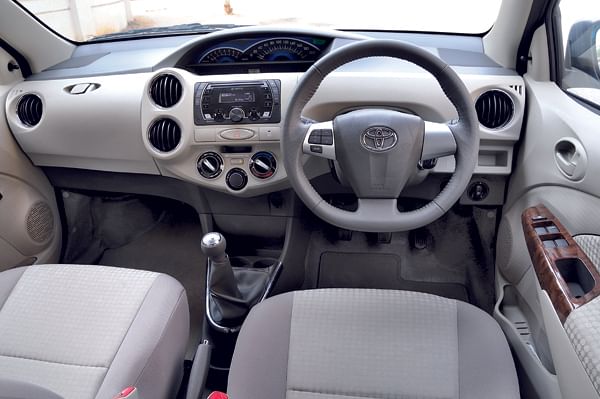
Open the doors of either car and you’ll notice the new two-tone dashboards on these top-end VSP-spec cars look a lot better than the dull grey that characterised the interiors of the earlier ones. In fact, the dashboard plastics used are the same as before and you’ll see this in the grain used, so it’s just the clever selection of colours that makes all the difference. Thankfully, Toyota has dropped that garish red gear knob with tasteful silver finish, which is more in keeping with the car’s conservative character.
The central instrument cluster gets icy blue backlighting which, along with the all-new 2-DIN audio system, seriously improves the dull looking, if functional, dashboard. The cheap-looking air-con controls on the previous model have been replaced by solid-looking knobs that have a nice tactile feel. However, automatic climate control, which cars like the Swift and the Micra have, is still not available.

The other area where Toyota has made huge improvements is the seating. The flat and thin seats, which felt quite downmarket in the previous car, have been completely replaced by ones that feel luxurious in comparison.
The front seats have height adjustment for the driver (on the G model upwards) generous cushioning, lots of under-thigh support and adjustable headrests. The fixed headrests were also perceived to be too downmarket.
Move to the rear and again, you are greeted by a plushness that was simply not present in the previous car. The rear seats on the Etios gets bigger fixed headrests, while the Liva gets adjustable ones. Toyota had saved costs in the previous Etios by not laminating the seats, but this has been changed in the new models, which helps them retain their shape for longer. Other bits that lift the ambience are plusher door pads and the faux wood trim, which actually looks pretty decent.
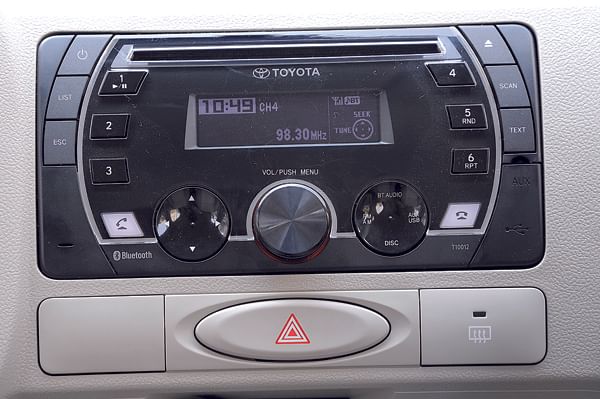
Customers complained that the previous Etios was a noisy car, which is something else Toyota took to heart. A special focus was given to lower in-cabin noise and what the new Etios gets is a proper noise, vibration and harshness (NVH) package. This includes a switch from rubber engine mounts to more refined, sound-absorbing hydraulic mounts. The silencer has been modified for better NVH as well, and the damper settings have been fine-tuned to take some of the clunkiness out of the suspension. The net result is that the new Toyotas, especially
the diesel versions, are a lot quieter than before.
Subtle changes to the dampers have made the Etios nicer too. There’s less suspension noise and the ride has improved considerably. Sharp edges are rounded off well and the suspension is much quieter than before. Still, the damping isn’t as progressive as we would have liked – small but sharp vertical movements can be felt over uneven surfaces and it’s rather evident that the Etios’s suspension doesn’t have the long travel of the Mahindra Verito. Neither of these cars is particularly exciting to drive either, thanks to low-geared steering racks that have plenty of turns lock-to-lock (about four, to be precise). However, it’s the weirdly inconsistent steering feel that detracts from the driving experience. But, given the Etios and Liva’s brief of being practical, easy to live with cars, they are clearly not meant for enthusiasts.
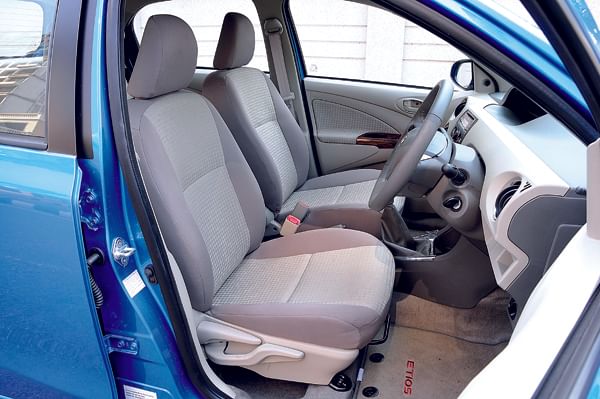
What remains unchanged are the powertrains. This means the Liva’s 79bhp 1.2-litre engine and its light kerb weight make for one of the best power-to-weight ratios in the 1.2-litre segment. Still, it’s clear that this engine has been tuned for economy rather than outright power. Real progress starts after 2000rpm, it quickens and power builds decently till 4000rpm, and then it tapers off once again into a meek top end.
The low-end grunt isn’t that impressive either and the engine is quite vocal when it’s revved. As for the Etios’s diesel motor, it’s a great engine for a car like this. It’s responsive with very little turbo lag and there’s decent mid-range grunt, so it’s easy to drive in the city. It’s only on the highway or when travelling with a full load that its modest 68bhp comes to the fore. You will need to work the slick, light-action gearbox to keep the engine on the boil in these conditions.
